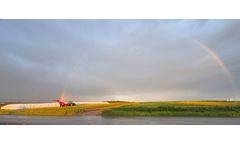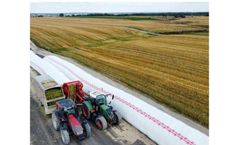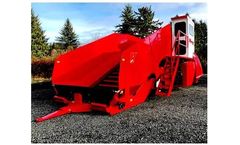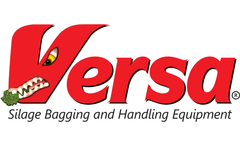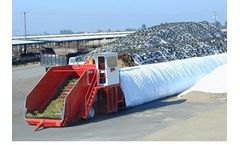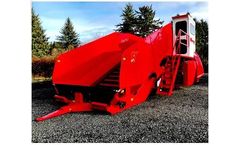In Silage Bagging Articles & Analysis
7 articles found
Given all the factors, Kielstra estimates that the unit cost of bagging silage versus storing it in a bunker is roughly equivalent, but the feed quality of bagged silage is superior. ...
While silage has traditionally been stored in silos, bunkers, piles, or pits, more dairy farmers are shifting to bagged silage to maintain optimal fermentation and ensure long-term feed quality. ...
Cattlemen are increasingly turning to bagged silage for flexible feed management. The most fundamental beef cow feeding strategy remains the use of pasture, which is considered the lowest-cost feed resource. ...
Dairy farm consultants and equipment suppliers weigh in on the benefits of properly packed bags, as well as feed management tips to obtain the highest nutrient density feed to promote herd health and production. Silage is critical to dairy farm operations. Compared to hay production, silage increases the potential yield of nutrients from ...
So what’s to know about the differences of silage storage in bags as opposed to piles, bunkers, trenches or dry hay? Plenty! Bagging Silage has been proven to be more cost-effective as well as providing better herd health. ...
As a cost saving alternative to dry grain supplementation, bagged snaplage/earlage offers high energy content and easy digestibility Dietary supplementation with dry grains has traditionally been utilized as an economical way to meet the high energy demands of the herd, particularly when forage is scarce or of low quality. However, dairy farmers are increasingly turning to high ...
Dairy farmers are bagging silage to reduce spoilage by up to 30%, increase nutrient value and milk production, improve herd health, and potentially earn environmental carbon credits. ...

